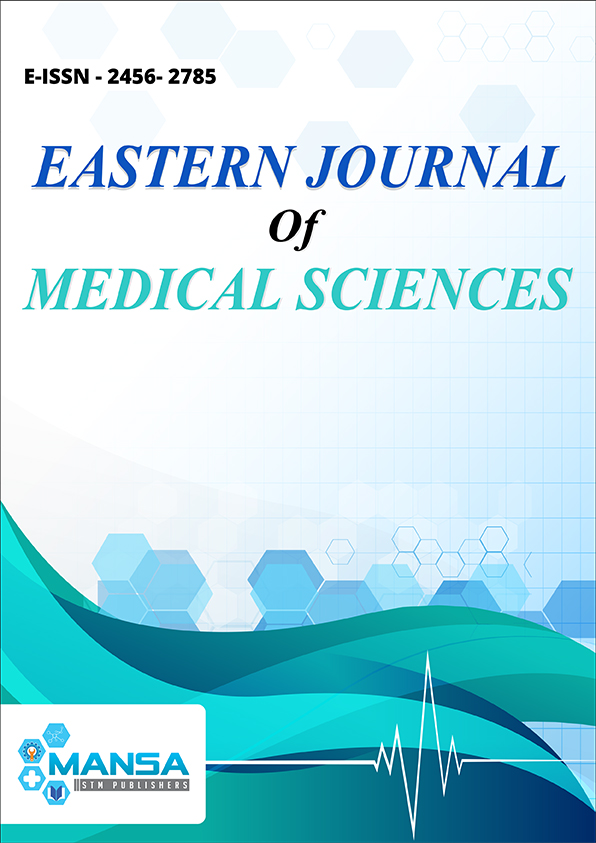Association of antinuclear antibodies with toxic epidermal necrolysis – A novel manifestation
DOI:
https://doi.org/10.32677/EJMS.2020.v05.i03.004Keywords:
Antinuclear antibodies, DMARDs, Systemic lupus erythematosus, Toxic epidermal necrolysis, Vesiculobullous lesionsAbstract
Toxic epidermal necrolysis (TEN) is a potentially life-threatening dermatologic disorder characterized by widespread erythema, necrosis, and bullous detachment of the epidermis of skin and mucous membranes, resulting in exfoliation and possible sepsis and/or morbidity/mortality. Exact diagnosis of lesions is very important in terms of therapeutic intervention as well as outcome. As cutaneous hypersensitivity reactions are known to occur with increased frequency in connective tissue disease, differentiating lesions of systemic lupus erythematosus that simulate drug-induced TEN is a challenge in the practical scenario. In this case series, we discuss about three patients aged between 24 and 67 years, who presented with vesiculobullous lesions all over the body and oral mucosal ulcerations. Each of them was initially admitted in the Critical Care Unit with a provisional diagnosis of TEN. Two of the three patients recovered well and were discharged. However, the third patient, who was the oldest and had multiple comorbidities, could not be saved and succumbed after 75 days of hospital stay.
Downloads
Downloads
Published
Issue
Section
License

This work is licensed under a Creative Commons Attribution-NonCommercial-NoDerivatives 4.0 International License.

